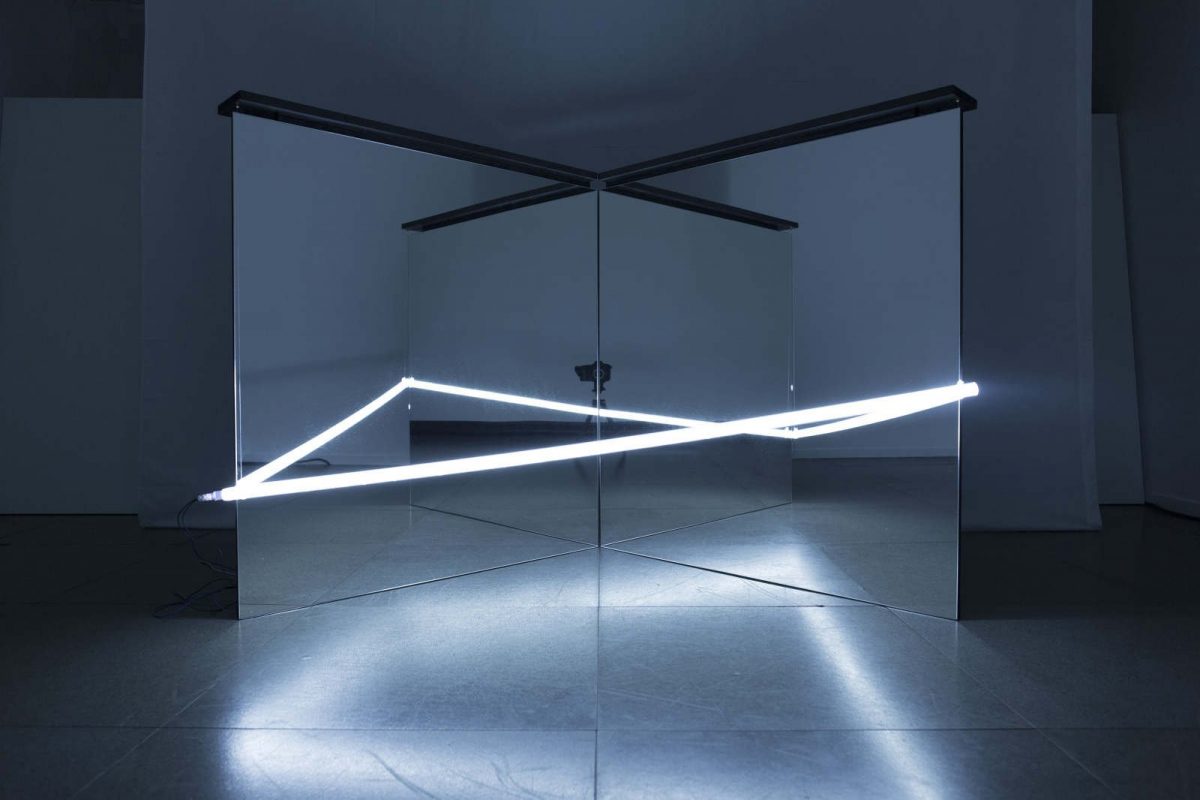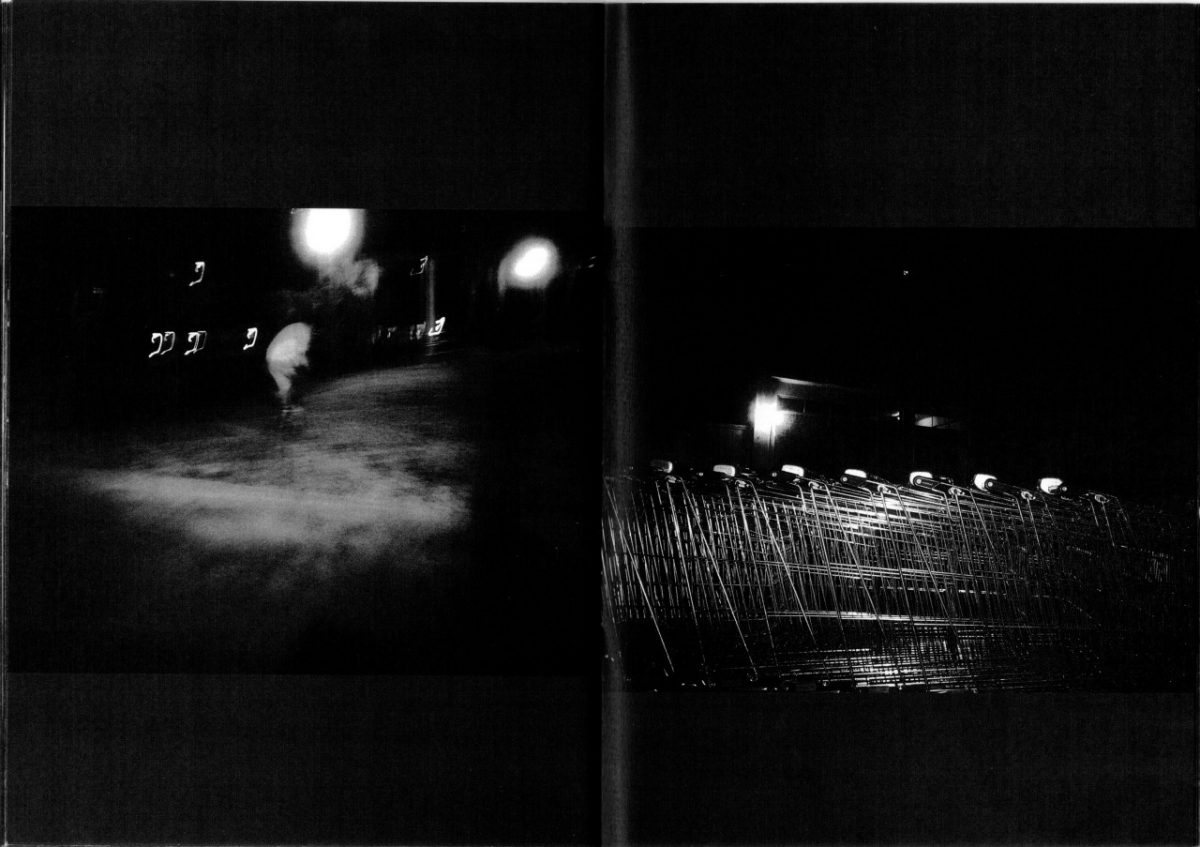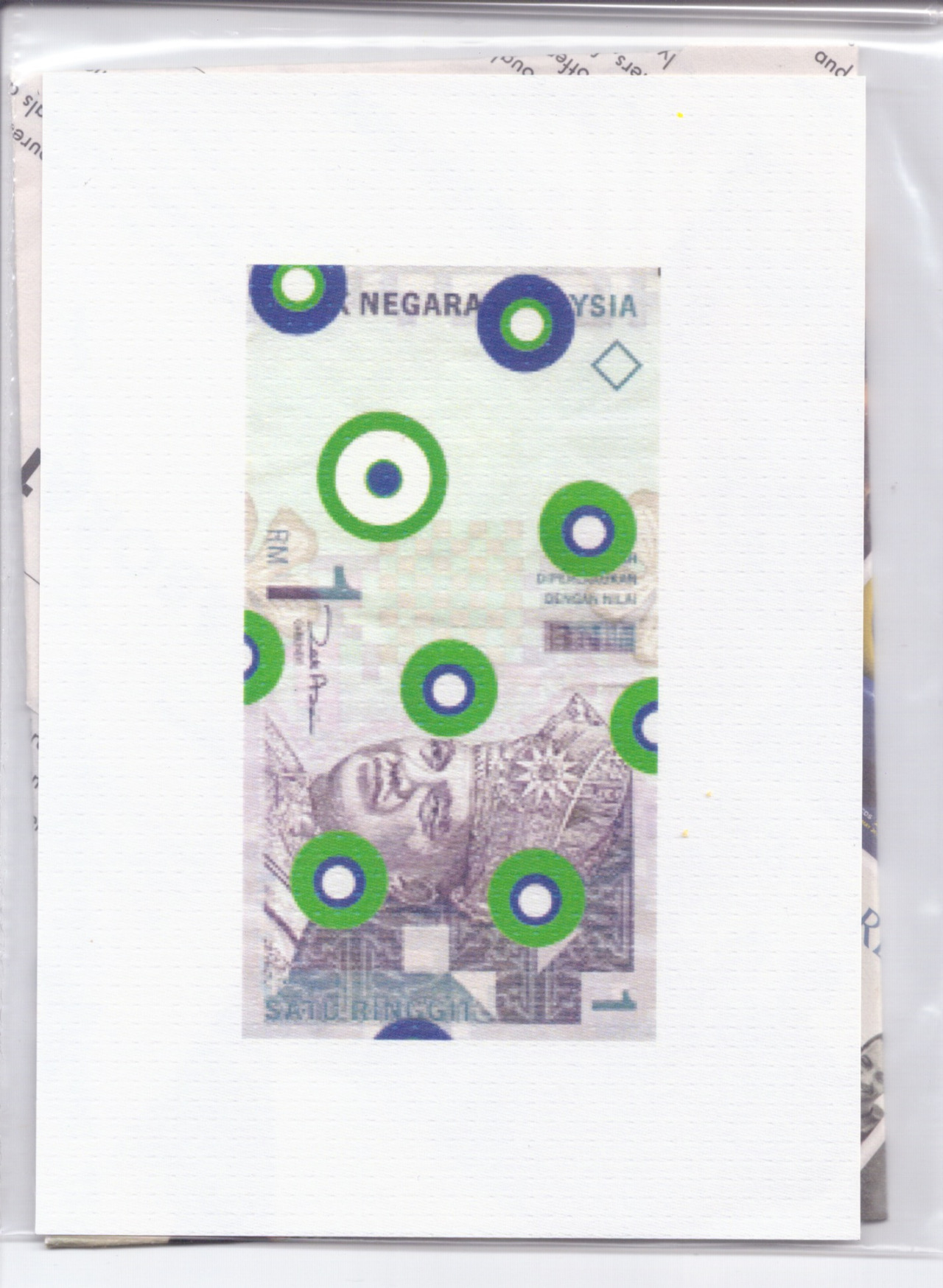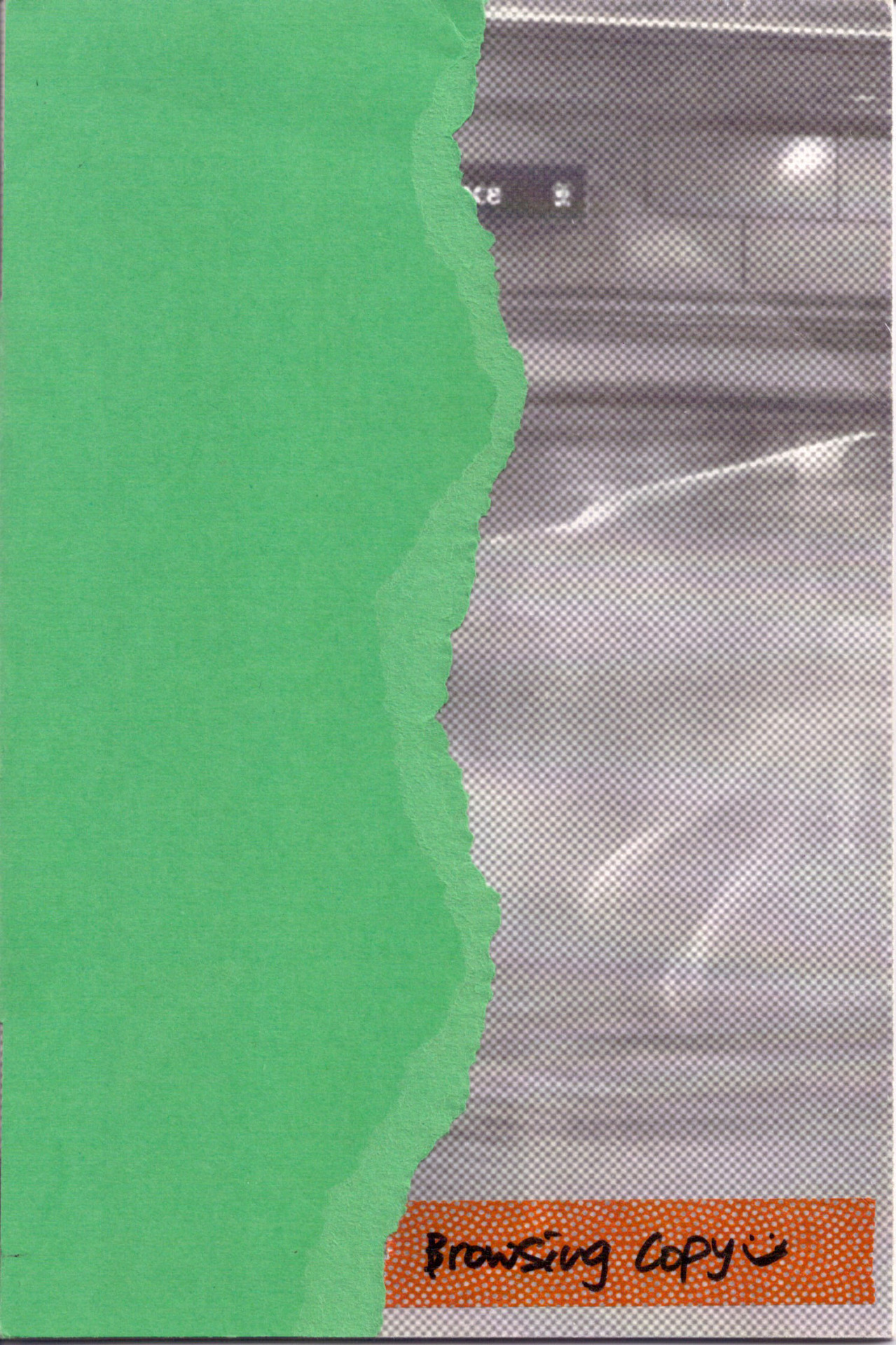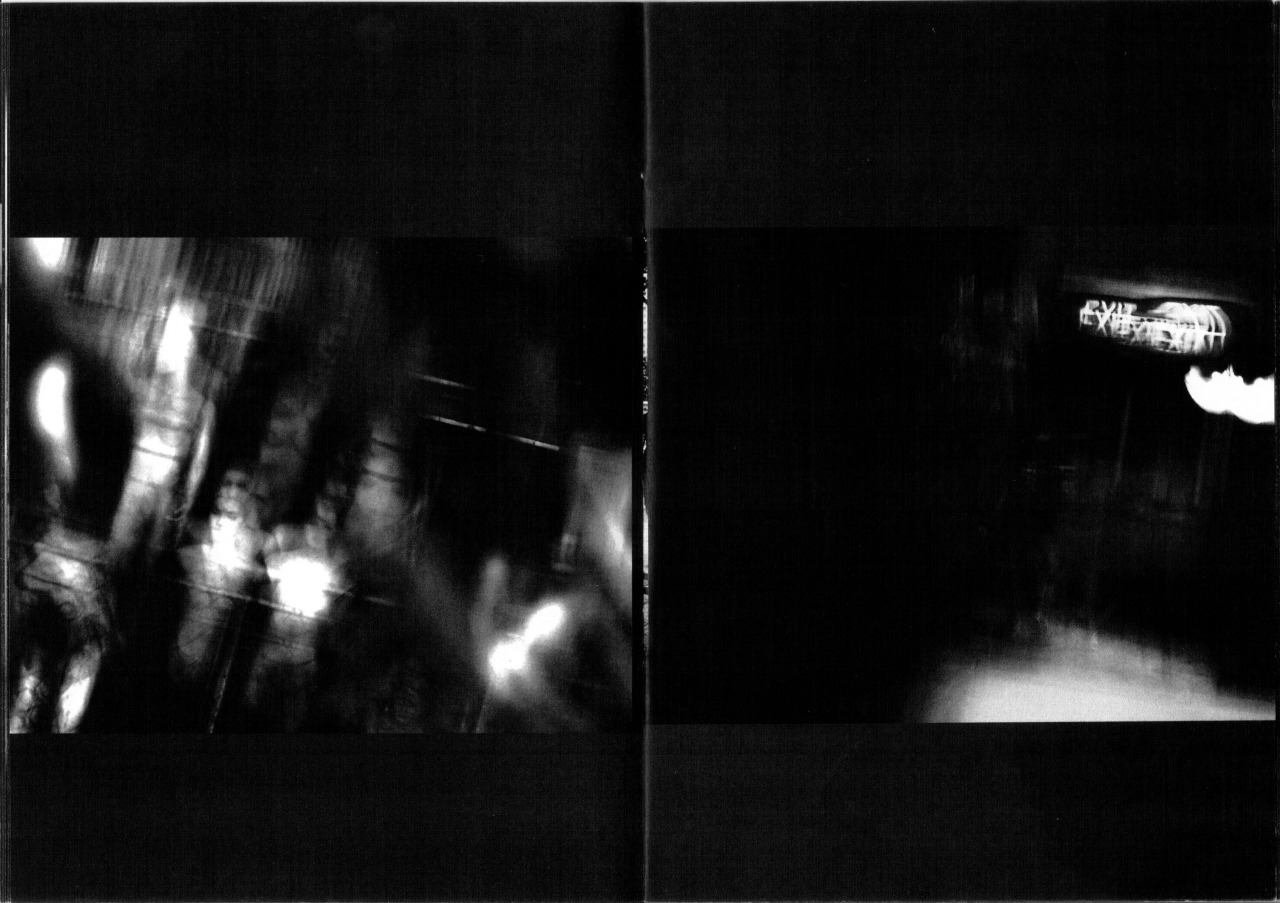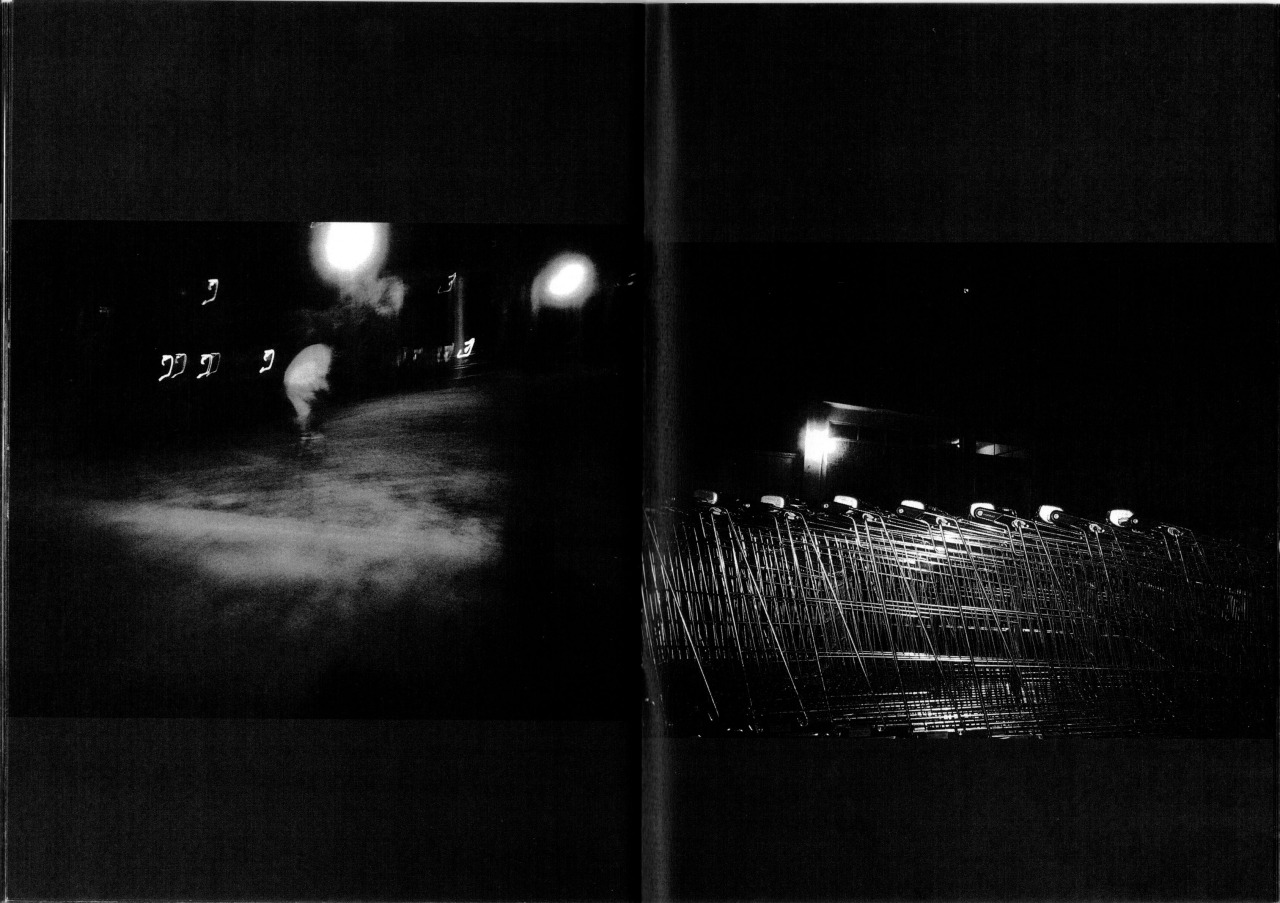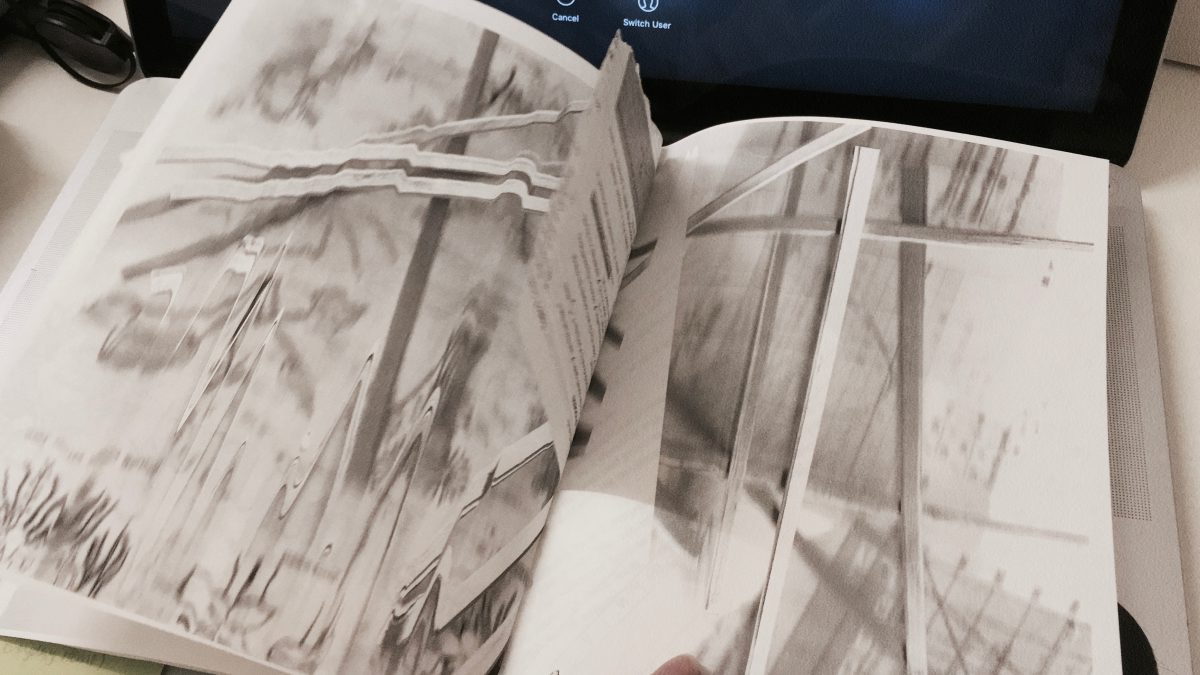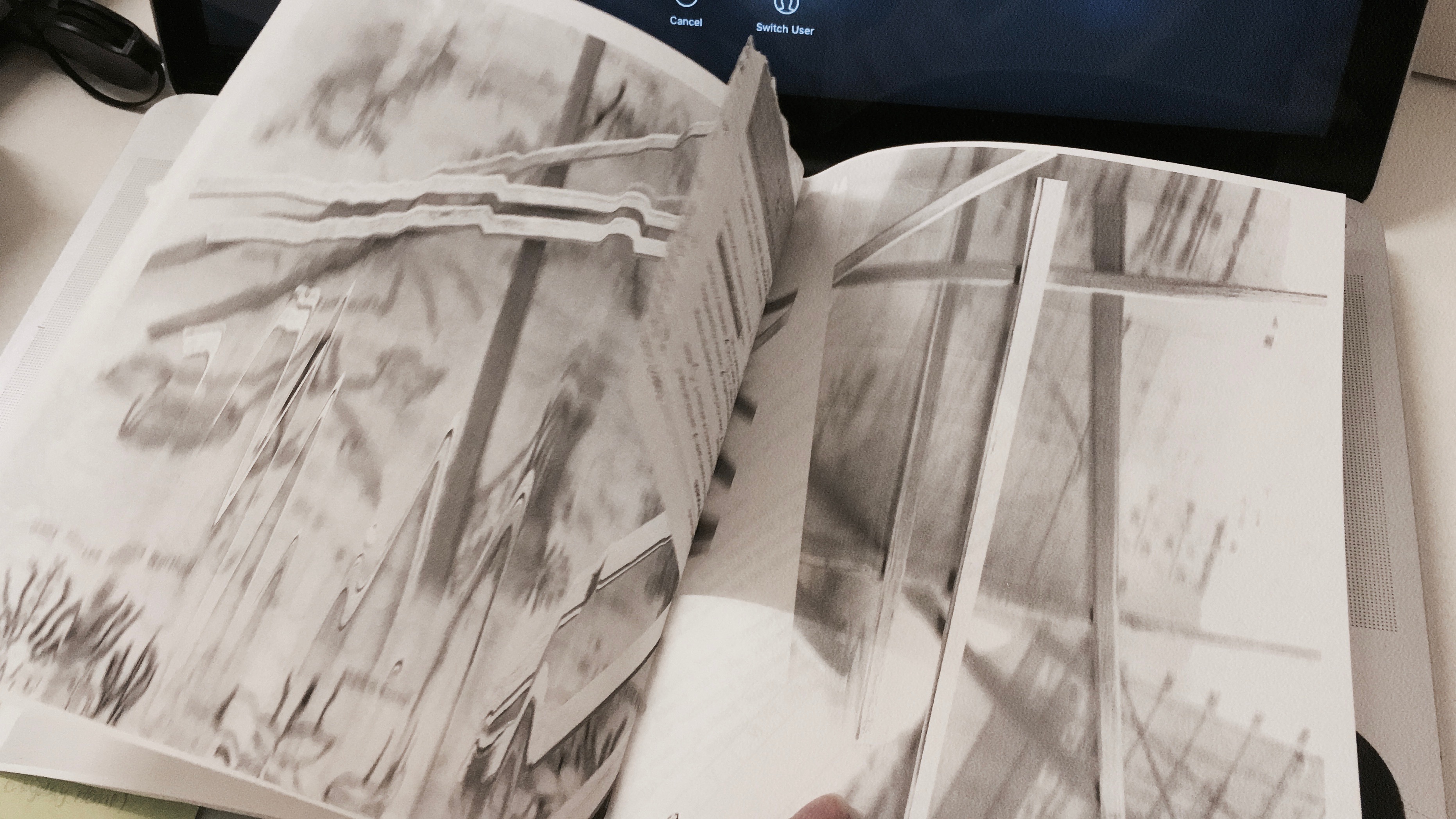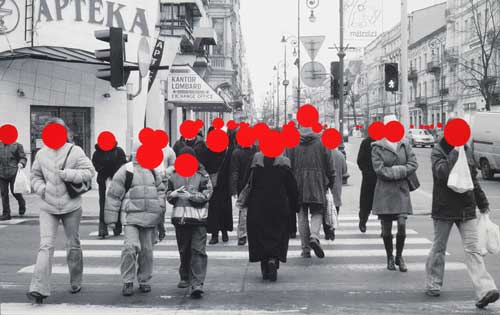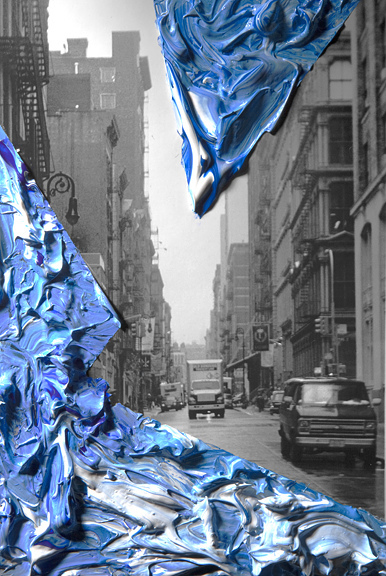Examples of projects that addresses the notion of place, mobility or interactive environments in an innovative or thought-provoking way.
(Question: What defines space and place?
Place – specific position? Space – empty & vast?)
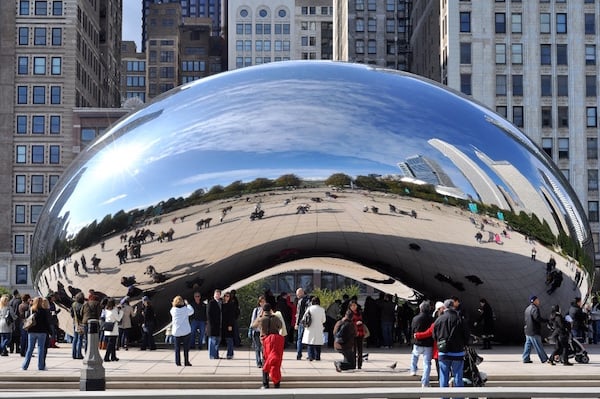
Cloud Gate by Anish Kapoor
Kapoor’s work is a site-specific, giant, reflective, bean-shaped sculpture that seeks to alter our perception of the world around us. Its reflective surface provides a wider view of the environment that surrounds the sculpture, allowing us to see it through the skewed and distorted image presented to us. The work attempts to nurture an appreciation of our surroundings, and through its very existence and significance, contributes to the idea and definition of “place” by filling the void of where it now stands.

Overdeepening by Olafur Eliasson
Eliasson’s work consists of two half-rings that appear completed when seen through their reflections – one seen from a mirror and the other from a water surface. The illusions create an impression that the ‘space’ created from the reflections is an extension of the physical space that the viewer is in. The layering of reflections – from the mirror, back to the water surface and back to the mirror again, etc. – creates an infinite chain of rings that challenges one’s idea of continuity and limitations of space.

We Live in an Ocean of Air by Marshmallow Laser Feast
The work is a multi-sensory immersive installation highlighting the connections between us and nature through virtual reality. The work is ironic in many aspects, particularly in its attempt to portray a realistic presentation of nature through virtual means. The use of virtual reality also contradicts the idea of mobility, by only allowing us to freely navigate a space virtually (based on what we see) but restricting our physical movements in reality.
Hoshi by Nonotak
Nonotak’s work uses the simple and effective combination of mirrors and lights, multiplying them to create an infinite space. It plays with the viewer’s perception of depth and motion by utilising the illusion of reflections and movement of light.
MCM x Christopher Raeburn by Universal Everything
This work merges the physical and digital almost seamlessly. “The multi-sensory installation was created through the unique combination of radial architecture, large-scale CGI video, atmospheric lighting design and the inventive screen format hologauze – a super-fine projection material that creates a holographic illusion.”

